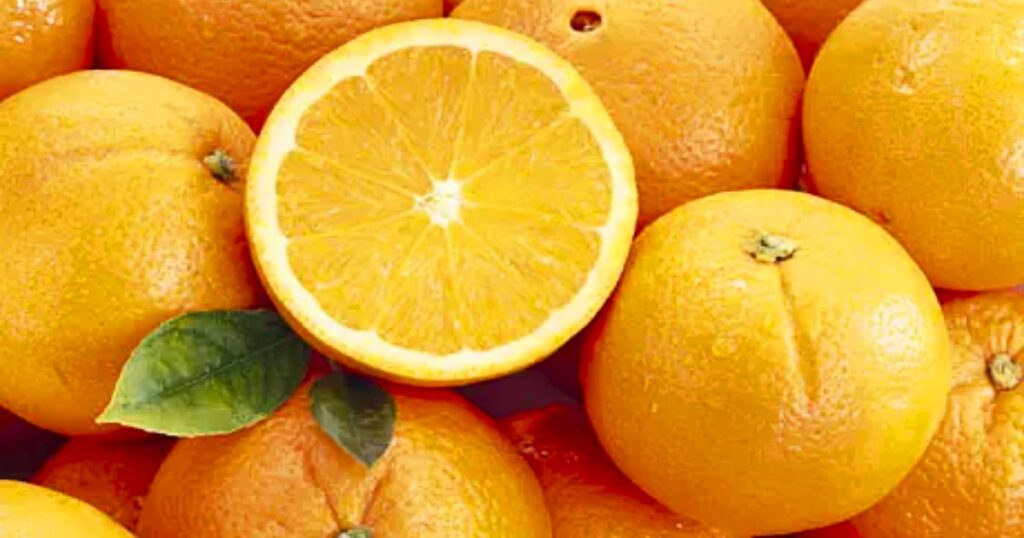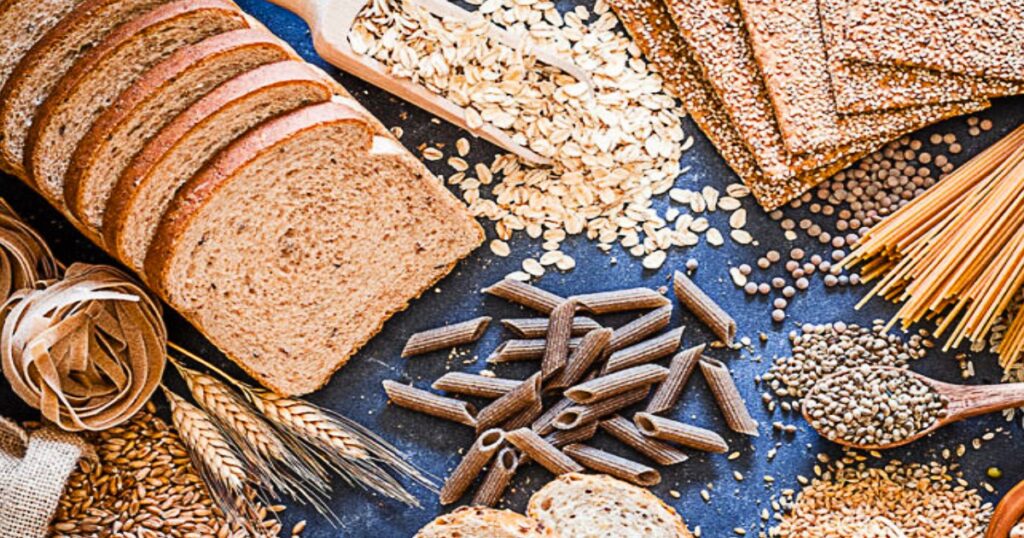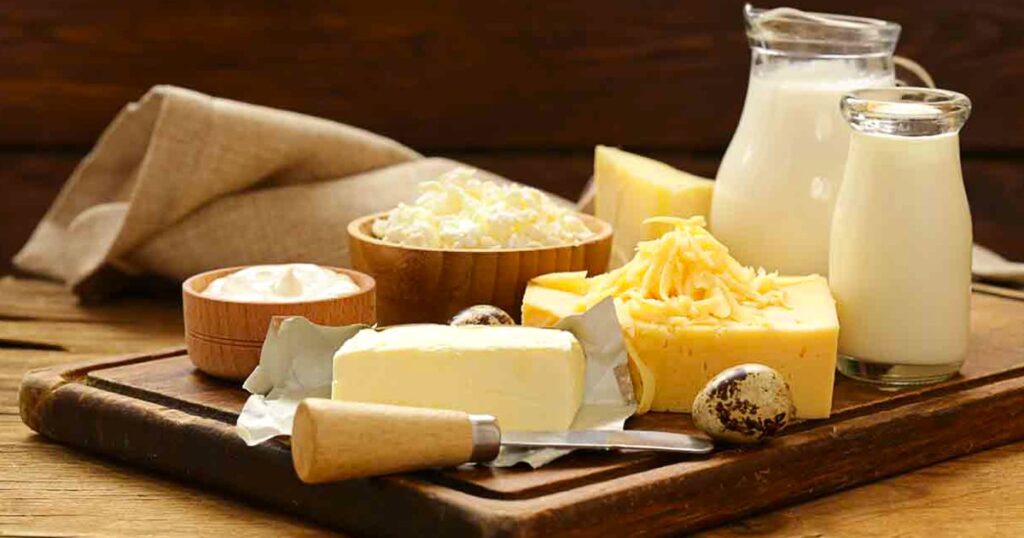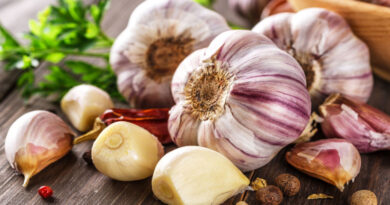8 Key Minerals Essential for Boosting Immunity
Our body requires various essential minerals to function optimally and maintain good health. These minerals play vital roles in supporting growth, strengthening bones, regulating bodily functions, and enhancing our immune system. In this article, we will explore 8 Key Minerals Essential for Boosting Immunity and their food sources to help you ensure a balanced intake.
1. SODIUM CHLORIDE: Maintaining Water Balance and Muscular Contraction

Salt, also known as sodium chloride, naturally occurs in most foods. It plays a vital role in regulating the body’s water levels and maintaining the acid-alkali balance. Additionally, salt contributes to muscle contraction, which is essential for various bodily functions.
However, excessive consumption of salt is a common issue, leading to elevated blood pressure, heart diseases, and strokes. Processed foods often contain high levels of salt, although manufacturers are gradually reducing the salt content in their products.
To manage your salt intake effectively, it’s crucial to check food labels. If you come across sodium levels in grams, multiplying that number by 2.5 will give you the salt content.
SOURCE:
Sources of sodium chloride include all types of foods, particularly those rich in shellfish and processed items, as well as table salt.
2. ZINC: Supporting Growth, Immunity, and Reproductive Health

Although the body requires zinc in small amounts, it remains crucial for various essential functions. Zinc plays a vital role in normal cell division, growth, and repair. It also supports the immune system and contributes to the development of reproductive organs and hormones. Notably, oysters are considered an excellent source of zinc, often associated with their reputation as an aphrodisiac.
Furthermore, zinc aids in regulating moods, appetite, taste, and smell. It also assists in the breakdown of carbohydrates, proteins, and fats.
SOURCE:
Sources of zinc include fish, shellfish, lean red meat, poultry, whole grains, wheat germ, nuts (particularly Brazils), seeds, haricot and soybeans, eggs, and dairy products.
3. POTASSIUM: Maintaining Water Balance and Promoting Healthy Nerves and Muscles

Potassium is 3rd in our list of 8 Key Minerals Essential for Boosting Immunity. Potassium works in conjunction with sodium and chloride to regulate water levels in the body and maintain the acid-alkali balance. This mineral plays a crucial role in ensuring proper nerve and muscle function. Additionally, it helps lower and control high blood pressure, supports heart health, and alleviates fatigue, irritability, and confusion.
Elderly individuals are more susceptible to potassium imbalances due to reduced kidney function, which impairs excess potassium excretion.
SOURCE:
Sources of potassium include a wide variety of fruits and vegetables, with bananas, oranges, tomatoes, chard, spinach, mushrooms, fennel (preferably consumed raw), beetroot, and potatoes being particularly rich sources. Pulses, soy products, bran, bran breakfast cereals, meat, poultry, game, and fish also contribute to potassium intake.
4. SELENIUM: An Antioxidant Essential for Immunity and Overall Health

Selenium collaborates with other antioxidants, such as vitamin E, and plays a vital role in supporting the immune system and maintaining the normal function of the thyroid gland. It is also believed to offer protection against cancer, enhance male fertility, and regulate asthma.
SOURCE:
Sources of selenium include Brazil nuts, liver, shellfish, caviar, fish (especially canned tuna), mushrooms, garlic, egg yolk, sesame and sunflower seeds, wheat germ, wheat, oat, and rice bran.
5. PHOSPHORUS: Vital for Bones, Energy Storage, and DNA Production

Phosphorus is essential for promoting healthy bones and teeth, as well as storing energy required by body cells. Additionally, it plays a crucial role in DNA production. As phosphorus is present in all animal and plant proteins, consuming two to three portions daily, along with an ample amount of calcium-rich foods, ensures an adequate intake. Vitamin D is necessary for the body to process phosphorus effectively.
SOURCE:
Sources of phosphorus include whole grains, dairy products, red meat, poultry, seafood, pulses, soy products, Quorn, nuts, and seeds.
6. MAGNESIUM: Supporting Bone Health, Nerve Function, and Relaxation

Magnesium aids in the processing of fats and proteins while contributing to the development of strong, healthy bones and teeth. It works in conjunction with calcium, sodium, and potassium to facilitate muscle contraction, transmit nerve signals, and regulate calcium levels in the blood. Moreover, magnesium can promote relaxation and improve sleep quality.
SOURCE:
Sources of magnesium include cabbage (preferably consumed raw), okra, globe artichokes, sweet potato, whole grains, meat, game birds, poultry, haggis, dried fruits (especially figs), sunflower and sesame seeds, as well as various nuts like Brazils, cashews, almonds, and peanuts.
7. IRON: Essential for Blood Cell Formation and Overall Health

Next In our list of 8 Key Minerals Essential for Boosting Immunity is Iron which plays a crucial role in the growth, development, and formation of healthy blood cells responsible for transporting oxygen throughout the body. Adequate iron levels contribute to a robust immune system and overall well-being. While iron from animal products is more readily absorbed than that from plants, consuming foods rich in vitamin C, such as orange juice with breakfast cereal, significantly enhances iron absorption.
SOURCE:
Sources of iron include liver, lean red meat, shellfish, canned fish (including the bones), egg yolks, fortified breakfast cereals, dried fruits such as prunes, apricots, figs, nuts, seeds, dark leafy greens, seaweed, baked beans, and other pulses, as well as oat and wheat bran.
8. CALCIUM: Essential for Bone Strength and Muscle Function

Calcium is essential for bolstering the immune system, building strong bones and teeth, and enabling muscle contraction, including the heart’s function. Lactose, the sugar found in milk (a rich source of calcium), aids its absorption in the body.
While spinach is also a good source of calcium, it contains oxalic acid, making it more challenging for the body to process. Therefore, relying solely on spinach for your daily calcium requirement is not advisable. Consuming three portions of dairy per day ensures sufficient calcium intake, although incorporating a diverse range of calcium-rich foods from the list below is preferable.
SOURCE:
Sources of calcium include dairy products, whitebait, sardines, canned fish (when consumed with bones), green leafy vegetables, okra, soy products, almond milk, nuts, seeds, tahini, dried fruits like apricots, and fortified bread.
Conclusion:
If you’re looking to boost immunity with Key Minerals Essential, then you have to maintain a balanced intake of essential minerals, which are crucial for overall health and well-being. By combining diverse food sources rich in these minerals into your diet, you can sustain proper growth and development, strengthen bones and teeth, boost immunity, and ensure optimal bodily functions. Remember to consult with a healthcare professional or nutritionist to tailor your dietary choices to your individual needs and preferences.


